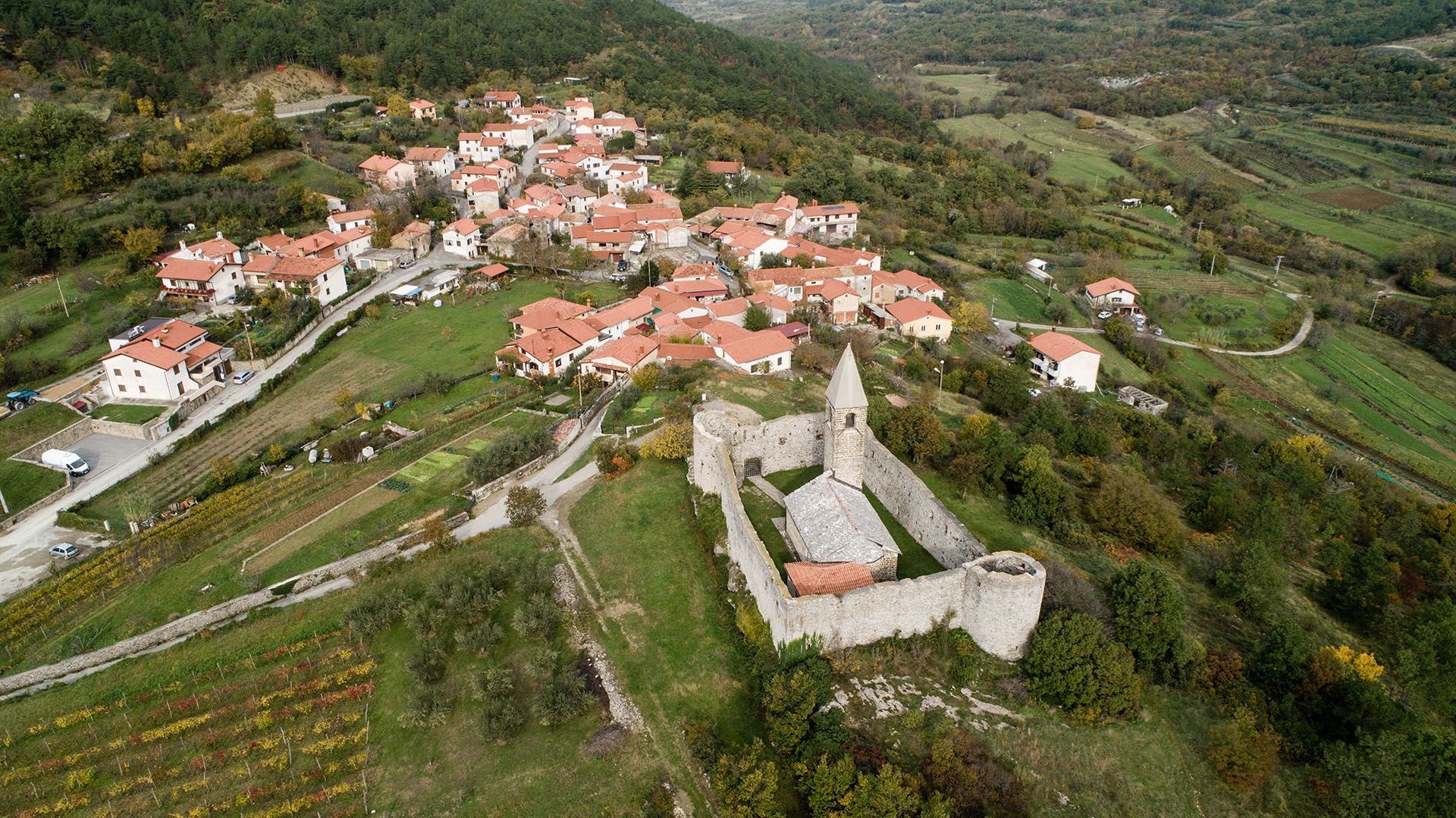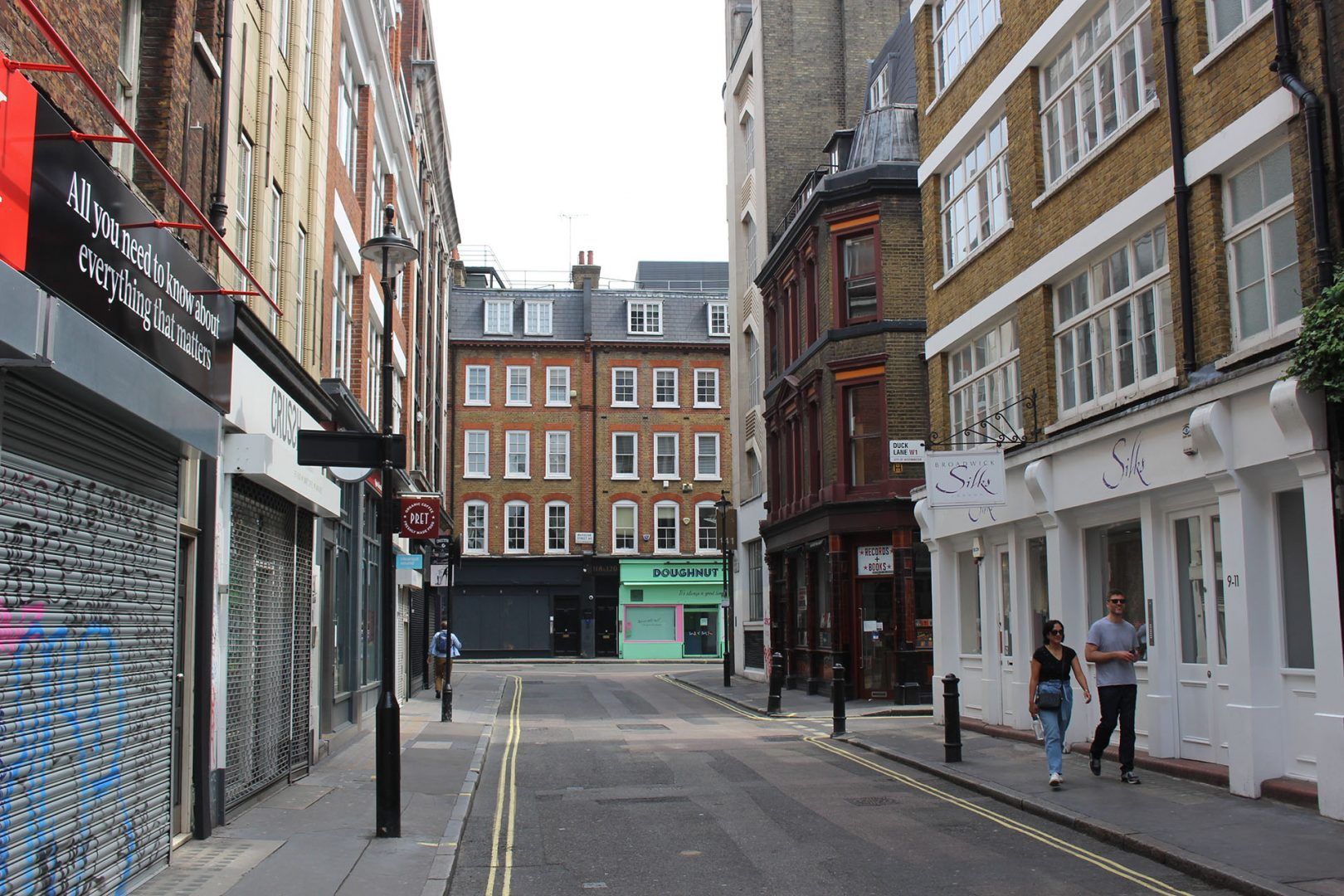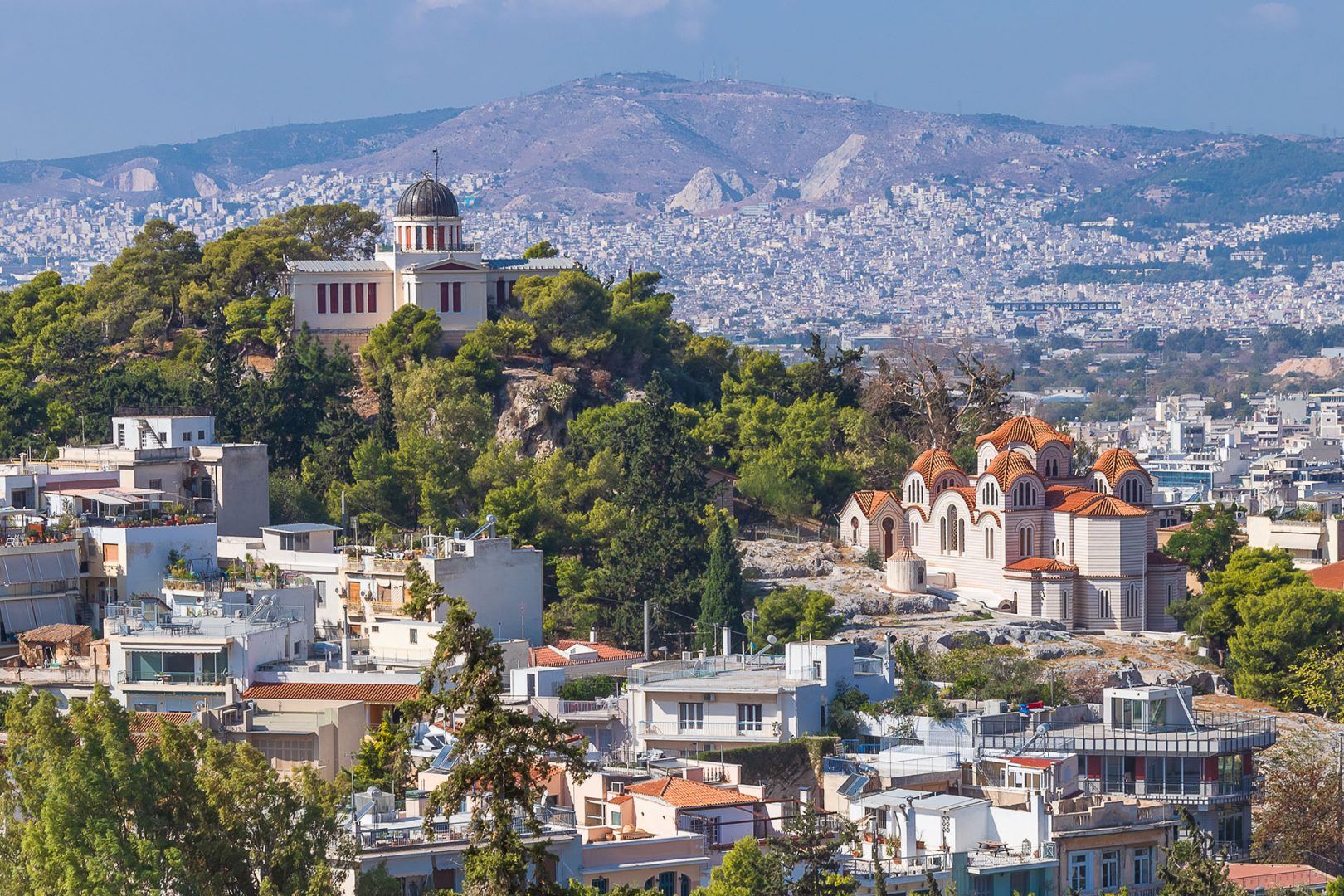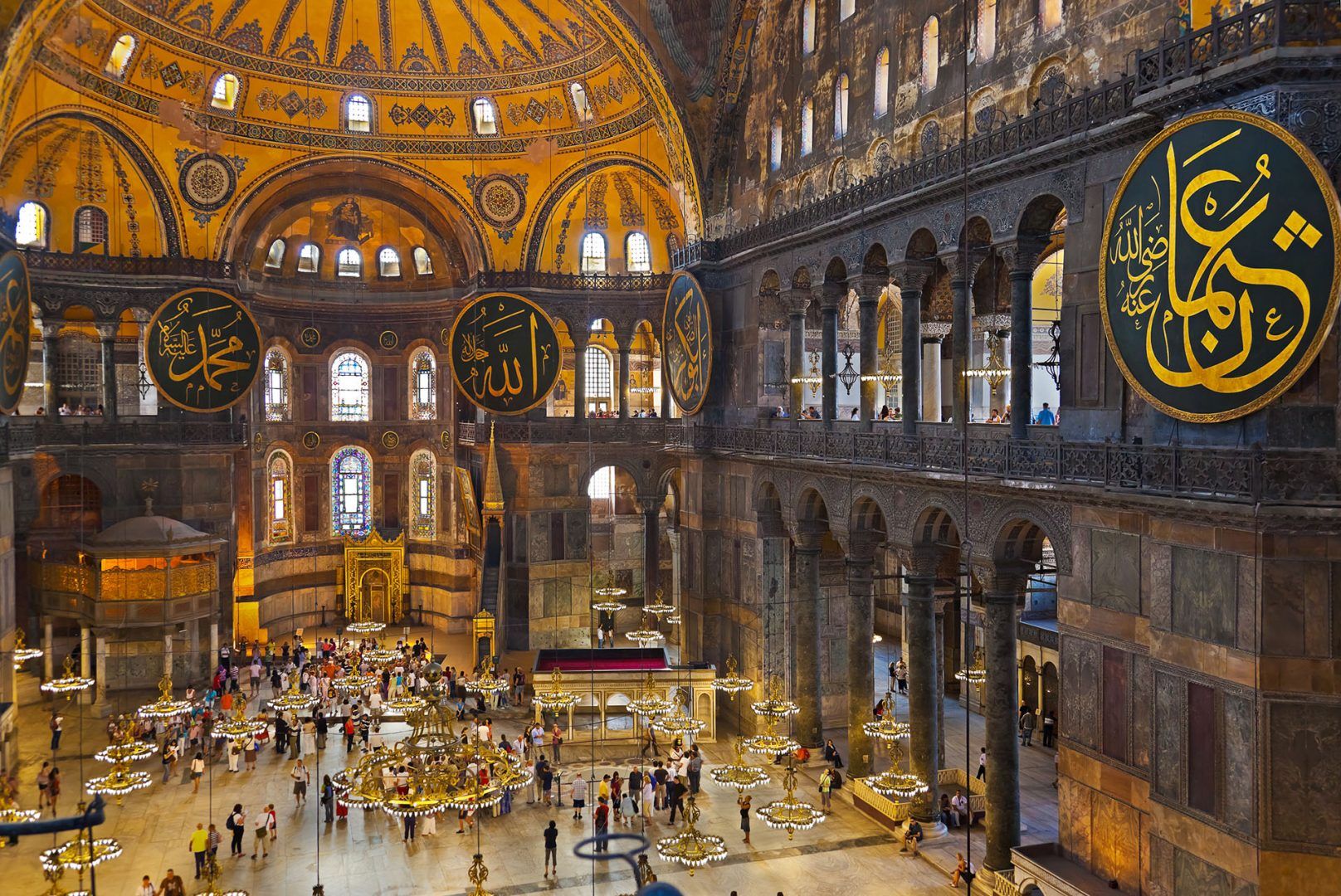Planning your own trip? Prepare for your trip
Use Rough Guides' trusted partners for great rates
Book your individual trip, stress-free with local travel experts
There’s no question that we’re living through unusual times: the coronavirus pandemic is a health crisis unparalleled in our lifetimes. But it’s by no means the first disease to spread across the world: there are plenty of plagues and illnesses that are now consigned to the archives of human history. Here, we take a look at nine locations across the globe that have been touched by pandemics in the past.
Today a sleepy beach resort on the Black Sea Coast, popular with tourists from the former Soviet Union, Feodosia is thought to have been the entry point into Europe of the infamous bubonic plague back in the 14th century. Though this disease periodically swept across Asia and Europe from antiquity until as late as the mid-20th century, the most devastating pandemic reached Europe in 1347. Legend has it that the plague was brought to Feodosia (then known as Caffa) during a siege by Mongol invaders, who experimented with germ warfare by catapulting disease-ridden bodies over the town walls. Despite this gruesome incident, Feodosia remained an important port city on the Black Sea throughout most of history, eventually becoming the popular holiday destination of today.

Feodosia, Crimea, Russia © Viacheslav Lopatin/Shutterstock
A recurring motif in late medieval artwork was the notion of the Danse Macabre – the Dance of Death. It’s thought that the frequent presence of disease inspired frescoes across Europe, depicting how people from all walks of life – from kings and popes to peasants and beggars – become equal in the face of Death, which was personified by skeletal figures. Many examples of these imaginative works still survive, but perhaps the most impressive is found in the tiny Slovenian church of Hrastovlje, where the fresco runs along every wall in perfect detail – the merchant trying to escape Death by offering a bribe is a fantastic touch.

Hrastovlje in Istria, Slovenia © Stepo Dinaricus/Shutterstock
Spanish conquistadors brought smallpox to Mexico in the early years of the 16th century, and it spread rapidly southward to Peru. The Incan emperor Huayna Capec succumbed to the disease in 1528, and with no obvious successor, a civil war erupted. By the time Francisco Pizarro and his army invaded four years later, the Incans were weakened by the war and the ravages of smallpox, and in no position to resist. Pizarro captured and executed the emperor Atahualpa, and conquered the Incan capital of Cusco for the Spanish throne. Cusco is now the jumping-off point for the famous Inca Trail to Machu Picchu, and the city itself is a fantastic blend of traditional Incan and Spanish colonial architectural styles.

Cusco, Peru © Owen Morton
Charminar – literally “four minarets” – is a huge and distinctive monument in Hyderabad, constructed in the 1590s by the city’s founder, Mohammad Quli Qutub Shah. The precise purpose of Charminar is unknown, but it is believed to commemorate the eradication of disease – possibly cholera or plague. This gargantuan structure, which towers above the surrounding district, is decorated with beautiful ornate carving and is one of Hyderabad’s most visited tourist sites.

Hyderabad, India © FocalPoint/Shutterstock
London, like many European cities in the 19th century, was subject to periodic outbreaks of cholera – the cause of which was unknown until the 1854 Broad Street epidemic. A local doctor, John Snow, was able to connect the victims of cholera to those who had used a particular water pump, thus concluding that the water was contaminated. The handle of the pump was removed, with the result that the number of cholera cases sharply declined, saving countless lives. A replica of the pump can now be seen on Broadwick Street in the central Soho area of London, and there’s also a pub bearing John Snow’s name where you can raise a glass to this critical scientific discovery.

Broadwick Street in Soho, taken during Covid 19 lockdown © CK Travel/Shutterstock
In 430 BC, the city-states of Athens and Sparta were engaged in a struggle for control of the Ancient Greek world in what is now known as the Peloponnesian War. Athens was the dominant power at the time, and was likely to triumph – until the outbreak of the Plague of Athens, which devastated the city and is thought to be one of the principal reasons for Athens’ eventual defeat, leading to the establishment of the Spartan Empire. Many victims of the plague were buried in the Kerameikos area of Athens, where tourists now visit substantial ancient ruins and a fascinating museum containing exhibits which reflect ancient Athenian beliefs about the afterlife.

Athens, Greece © Shutterstock
The towering Caucasus Mountains on Russia’s little-visited southern frontier hide many secrets, but perhaps none as gruesome as Dargavs Necropolis – the City of the Dead. Nearly one hundred beehive tombs crowd the slopes of the valley, still containing the remains of local villagers who are thought to have succumbed to a mysterious plague hundreds of years ago. Superstitions still cling to this sinister site: the legend goes that the victims of the plague were punished by angry local gods for some major transgression, and until recently it was thought that any living person who journeyed to Dargavs would never return…

Dargavs Necropolis, Russia © Georgy Golovin/Shutterstock
By the mid-6th century, Byzantium – the Eastern Roman Empire – was in decline. All that changed with the accession of the Emperor Justinian the Great, who ushered in a golden age with military conquests, major legal reforms, and glorious cultural and architectural projects. His chief ambition, however – the reunion of the Eastern and Western Roman Empires – remained unfulfilled, in large part due to an outbreak of bubonic plague in 541. This disease, now known as the Plague of Justinian, spread across Constantinople and the eastern Mediterranean, bringing the invasion of Italy to an unsuccessful end. There’s no monument or memorial to the Plague of Justinian, but the magnificent Hagia Sophia – which was fortunately completed several years before the disease swept the region – is legacy enough for this ambitious emperor.

Inside the Hagia Sophia, Istanbul © Shutterstock
Until the 1930s, there were many hauz in Bukhara – these pools could be found across the city, and the inhabitants drew their water from them. The Soviet administration, however, was aware that these pools were generally stagnant and a breeding ground for disease, and in their drive to modernize, the hauz were filled in. All except Lyab-i-Hauz, a large pool that now forms the centrepiece of Bukhara’s beautiful old town, surrounded by magnificent madrassahs and outdoor cafés – and, thankfully, it’s no longer the source of the city’s water supply.

Bukhara Old City's Abdulaziz Khan Madrasa © AlexelA/Shutterstock
written by
Owen Morton
updated 13.08.2020
Owen Morton is never happier than when exploring new places, with a particular fondness for wandering the former Soviet world and the Middle East. He is the author of the upcoming Rough Guide to Georgia, Armenia and Azerbaijan, and has written for Rough Guides' Make the Most of Your Time on Earth compilation, as well as regular contributions to the Rough Guides and Insight Guides blogs. When not exploring the world, he entertains himself by writing a blog about 1980s cartoons. His favourite animal is the wonderfully expressive and permanently furious manul. Follow him on Instagram at @owenmortonmanul.
Use Rough Guides' trusted partners for great rates
Arrange your trip, hassle-free, with local travel experts
Arrange your trip with local travel experts